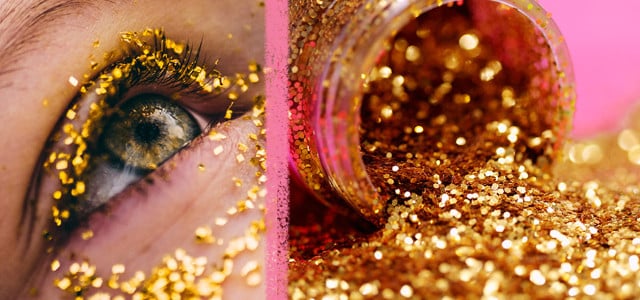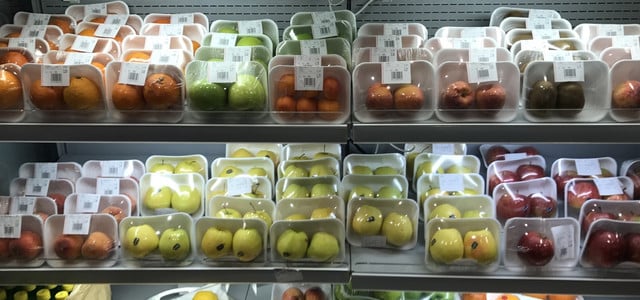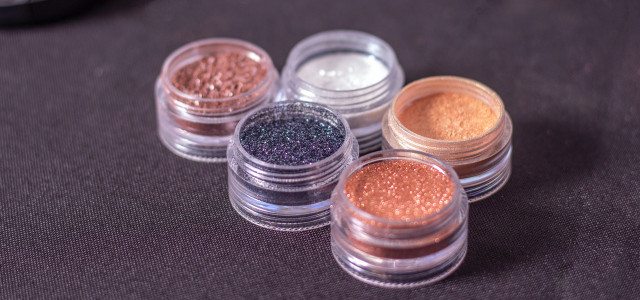Glitter: It’s a kids’ craft day favorite and an integral part of any music festival makeup choice. But what is glitter made of, and how is it made? And at what cost to the environment? Utopia has answers.
All that glitters is not gold — and the same goes for glitter itself. There’s a dark side to the shiny particles we find in everything from makeup to fashionable dresses and children’s t-shirts. Whether or not you’re a fan: It’s made its way from preschool craft rooms to the mainstream. Instagram loves it, because it lends festival-goers a unique look that no filter can compete with.
But that look comes at a cost. So let’s talk about the problems: what glitter is made of, how it is made, and what happens to it when the party’s over?
What Is Glitter Made of and How Is It Made?
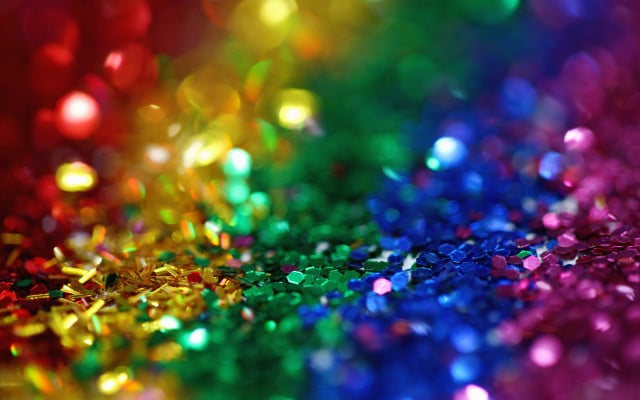
Glitter is usually made out of a combination of aluminum and plastic. It is, ultimately, nothing more than minute particles that are poisoning our oceans with plastic pollution, in the form of microplastics.
How is glitter made? Great question. Manufacturers begin with large thin sheets of plastic or aluminum and coat them with lacquers, paints, and metals — then cut out the individual pieces using a specially shaped press.
Retailers market a wide range of various types, shapes, and colors for all occasions and purposes. There’s glitter made of aluminum, and composites produced using plastics such as PVC, PET, and polyester. There’s glitter for decorative use in crafts, as an ingredient for various building materials and plastics, and in dust form, in sprays, and as a cosmetic additive.
The Cost to the Environment
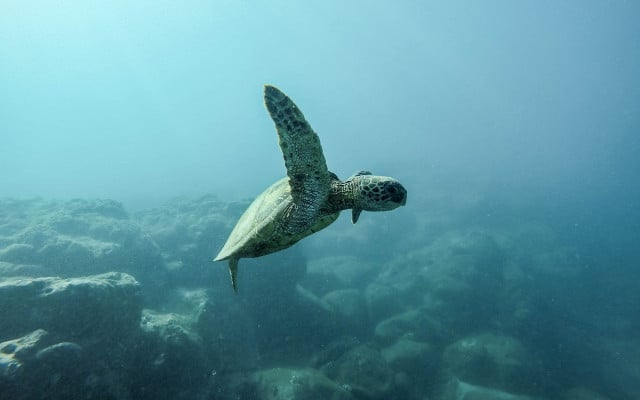


Glitter’s components have one thing in common: They are not biodegradable. Once they make their way into our ecosystems — e.g., when we wash off our glittery makeup — these tiny microplastic particles pose a serious threat to our planet’s ecosystems. Producers and consumers of cosmetics and craft products seem to accept this as a given.
To date, it is still impossible to effectively filter these minute particles from waste water. Glitter washed down the drain will inevitably make its way out into open water, as well as contaminating wastewater sludge. The latter is often later repurposed into the fertilizer commonly used in agriculture, forestry, and land reclamation.
As we release microplastics into the environment, we pollute oceans and destroy ocean ecosystems. These microscopic plastic particles pose an immediate risk to marine organisms. They are ingested by a wide variety of sea creatures and consumed along with their natural food sources. And, completing the cycle, microplastics can make it back into our food, already inside the catch of the day.
While investigating the environmental impact of glitter, Utopia contacted a number of manufacturers to ask for their thoughts on the matter. None of the companies we contacted responded to our request for comment.
Read more: Nine Things That Will Disappear If Bees Go Extinct
Glitter Is Pure Microplastic
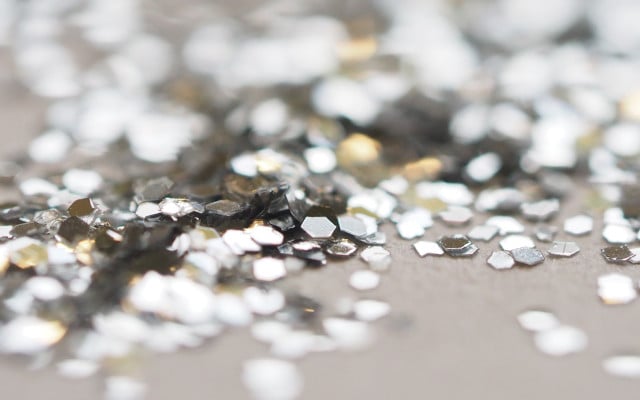


The debate over the presence of microplastics in cosmetics has been going on for years. Manufacturers have begun to eliminate microplastics from their ‘ingredient lists’ — some more rigorously than others. The UK has enforced a microbeads ban: retailers across England and Scotland are no longer allowed to sell rinse-off cosmetics and personal care products that contain microbeads.
However, when it comes to the numerous uses of glitter, both manufacturers and consumers seem unaware of the problem. Dr. Trisia Farrelly, scientist and environmental anthropologist at the University of Massey in New Zealand, is an outspoken critic of glitter and supports prohibiting the product altogether: “I think all glitter should be banned, because it’s microplastic“.
Glitter is far from the biggest environmental challenge we face, but it nonetheless contributes to the ever-growing problem of plastic and waste pollution and should no longer be ignored.
What About Biodegradable Glitter?



We’re not the first to find fault with how conventional plastic glitter is made and what it is made of. Nowadays you’ll also find alternative options such as biodegradable glitter on the market, often marketed as “eco glitter”.
Some manufacturers claim to make their product using cellulose acetate — the same material as cigarette butts. Other glitters apparently employ an array of biodegradable plastics. After some research, we found that many manufacturers of biodegradable glitter do not explicitly reveal which materials go into the production of their “eco glitter”. Again, we contacted a number of companies and received no response.
Whenever a company claims to have manufactured a bio glitter out of natural materials, and that their product doesn’t harm the environment in either production or after-use, it’s often hard for the consumer to verify. After all, we can’t all be experts on all materials under the sun.
However, you can always look for official certifications for the claims that those brands do make. For example, when something is supposed to be free of microplastic, make sure it’s “Verified Microplastic Free by ECHA“, the European Chemicals Agency.
When you see claims that something is biodegradable, you can make sure that it isn’t only biodegradable under very specific conditions, but rather the actual condition it’s going to be released into: the “TÜV OK Biodegradable WATER” label guarantees biodegradability in natural freshwater conditions. The same label for “MARINE” is valid for oceans.
If you’re going to buy glitter, biodegradable products are undoubtedly the better pick. But still, there are valid reasons to avoid it altogether: First, bioplastics aren’t exactly uncontroversial. Second, does an unnecessary product such as glitter really justify the resource-intensive production process and risks to the environment? This is of course a question we can apply to many facets of our daily lives and the products we consume. It’s also one we can really only answer for ourselves.
To make matters worse, there’s a potentially even darker side of the eco-glitter problem: the connection between glitter and child labor. The natural mineral mica often comes from illegal mines in India — and it’s a common ingredient in a wide range of cosmetic products due to its glamorous shine. Find out more in our piece on the topic:
The Cost to You
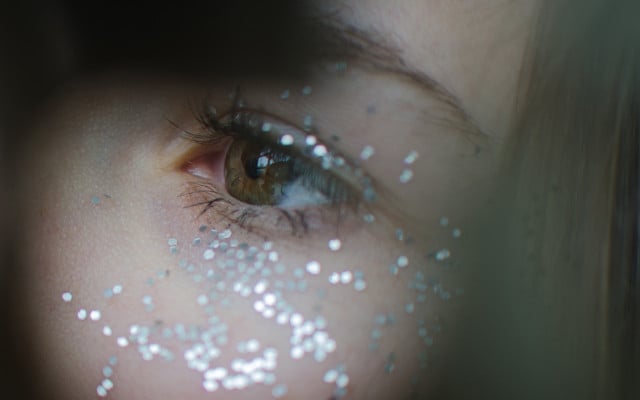


In contrast to the clear threat glitter poses to the environment, the health risks connected to these tiny plastic particles have not yet been extensively researched. Glitter contains all sorts of industrial chemicals and potentially harmful materials.
Therefore, we cannot exclude the possibility that the particles could be harmful to human health — and not just when you accidentally catch a speck in your eye, or ingest or inhale them, but also via regular contact with the skin. There are any number of reasons to kick the glitter habit.
Read more:
- Melamine: 4 Reasons to Avoid Plastic Dishes
- These 7 Suprising Items Release Microplastics into the Ocean
- How to be More Sustainable: 4 Steps for Beginners
- 8 Things to Eliminate from Your Home
This article was translated and adapted from German to English by Evan Binford. You can view the original here: Trügerischer Glanz: Die dunkle Seite des Glitzers
** Links to retailers marked with ** or underlined orange are partially partner links: If you buy here, you actively support Utopia.org, because we will receive a small part of the sales proceeds. More info.Do you like this post?






